How marijuana affects drivers
What you need to know about driving under the influence of marijuana.
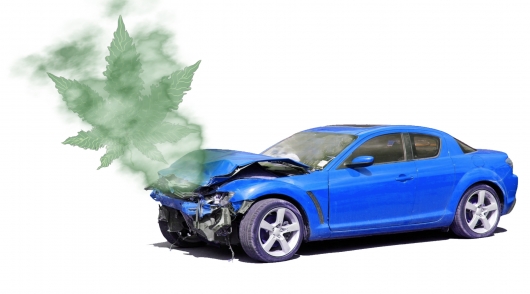
Imagine what it would be on the road if the drunk driving was not prohibited. Believe me, on the road there would be chaos. Especially when you consider that every day, every second a driver gets behind the wheel with a hangover. We all know how alcohol affects your ability to drive.
That is why driving drunk is banned worldwide. But, unfortunately, I sit behind the wheel not only intoxicated. Some drivers, alas, are driving under the influence of drugs and psychotropic substances. It is also prohibited by law. And here’s why.
Today we want to elaborate on the driving under the influence of marijuana (the official name of “cannabis”), which, though banned in our country (for example, marijuana possession is a criminal offense), however on the illicit market in great demand.
Unfortunately, in our country there are no official statistics how much of the drug is annually withdrawn from illegal circulation, and also no information how many drivers were detected driving vehicles under the influence of marijuana. However, we believe that such drivers are many.

But why marijuana is illegal and why it is forbidden to drive under the influence of this drug? For example, we all know that in some US States a few years ago officially allowed the sale of cannabis (hemp, marijuana). This, of course, complete nonsense, since science has long proved that Smoking marijuana leads to drugs, to addiction and causes irreparable harm. But you know – America is America. There are many laws defy common sense.
And yet, despite the legalization of light drugs in the United States, in most States it is forbidden to drive under the influence of marijuana. What does this mean? Primarily that cannabis adversely affects the ability of the transport.
Although officially yet scientists in the US have not proven that marijuana contributes to on-road fatal situations.
Even statistics of accidents does not indicate that marijuana is becoming a more frequent cause of accidents.
However, officially in all States to drive under the influence of marijuana is prohibited. This is the same as with alcohol – it is legal, but driving drunk is prohibited. Unfortunately, all over the world (especially the us) that’s not stopping many drivers. And with the drug.
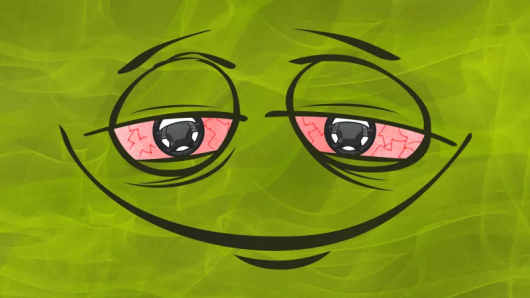
For example, in those States where the drug is legalized, the number of accidents is on the same level as in States where marijuana is illegal. According to scientists, this is an indirect proof that marijuana is not the cause of more frequent accidents. But again, it’s all in two grandmother said. You know, in a country where it was partially legalized a gateway drug (and the fact that cannabis is a drug, the doubt can not be), for the sake of profit on the sale you can probably buy any results of scientific researches.
Fortunately, the US authorities had not yet smart enough to allow driving under the influence of marijuana. Otherwise, we believe that the U.S. government would have seen a different accident statistics.
Why, then, the U.S. government allowed the sale of marijuana? Of course, for the sake of profit. After all, cigarettes and alcohol too, in fact, the drugs that are allowed to sell in our country. Although it is clear that the legalization of cannabis will lead to more drug addiction in the United States, a problem which already has become a matter of national security of North America.
So, driving in our country, as in most countries, are prohibited under the influence of alcohol, narcotic substances and psychotropic drugs. This includes driving under the influence of marijuana.
Cannabis (marijuana) is included in the list of narcotic substances, fixed by Government Decree No. 681 of the Russian Federation dated 30 June 1998 “On approval of list of narcotic drugs, psychotropic substances and their precursors subject to control in the Russian Federation”.
Accordingly, sat down behind the wheel under the influence of marijuana the driver is threatened with administrative responsibility in the form of a fine in the amount of 30 000 rubles and deprivation of rights for a period of 1 year 6 months. up to 2 years.
And, of course, if the driver is detected marijuana, he faces criminal liability with the subsequent deprivation of liberty.
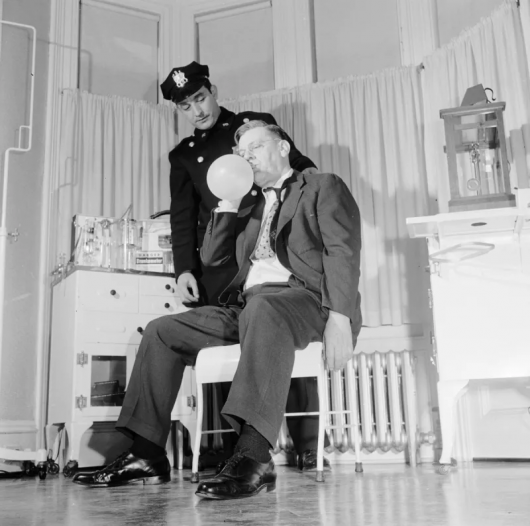
Unfortunately, the police (traffic police) to determine the driver is under the influence of drugs much harder than a degree. Especially if we are talking about the driver who drank before driving, marijuana. The fact is that when alcohol consumption of the driver can be the smell of ethyl alcohol, whereas marijuana use is no odor.
Also a drunk driver can be identified by checking on the breathalyzer on the spot stop the car. With regards to the test for marijuana use, to reveal the body of the driver of a narcotic substance, it should be sent for medical examination to the laboratory, where the employees of medical institutions will take tests which will show the concentration of drugs in the body.
How much need to smoke marijuana / hashish, to losing your driver’s license?

Everything here, of course, depends on the plant species of the family Konoplyov and the presence of cannabinoids (substances contained in plants of the family Konoplyov, which are the active ingredients of hashish and marijuana).
According to the law of man recognizes in drugs, if the result of chemico-Toxicological research in biomaterials driver level of drugs will be above the threshold prescribed concentration.
For example, the threshold table of drugs and toxic substances for the preliminary methods of analysis in the study of urine:
The name of the groups of substances
Concentration ng/ml
For persons over 18 years
For persons under 18 years of age
Opiates
(6 monoacetylmorphine, morphine, codeine, desomorphine, etc.)
500
300
Cannabinoids
25
15
Phenylalkylamines (amphetamine, methamphetamine, mephedrone, etc.)
50
25
Methadone
50
25
Benzodiazepines
50
20
MDMA
50
40
Cocaine
50
25
Barbiturates
500
50
Catenin
20
20
Synthetic cannabinoids
5
5
Cotinine
20
20
Acylglucuronide
500
200
So if in the urine of driver’s medical examination in the laboratory will be detected cannabinoids in excess of the maximum permissible norm of concentration, then his condition will be deemed to be drugged. Accordingly, for driving in a condition of narcotic intoxication of the driver’s responsibility in accordance with article 12.8 of the administrative code.
Recall that if it is later determined that the driver was deprived of driving license for driving in a condition of alcoholic, narcotic intoxication or while intoxicated under the influence of psychotropic substances, for a repeated violation within a year the driver is waiting for criminal liability in accordance with article 264.1 of the criminal code.
How cannabis (marijuana) affect driving skills?
So does the use of hashish/marijuana on the ability to drive? Make a contribution the drugs consumed by drivers, in a car accident? Unfortunately, there is no single answer. Yes, the whole world knows that drugs have an impact on the ability to drive a vehicle, but scientific proof in the world yet.
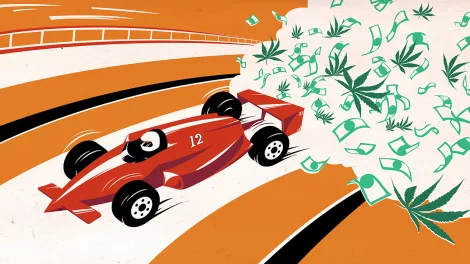
Although in General has long been established that driving under the influence of marijuana is impossible. But to 100% to answer the question, what is the impact of marijuana on the driver and how it increases the risk of accidents, require more costly and complex scientific research that is currently underway in several countries. Including in the US, where crazy, legalizing herbal drugs squad Konoplyov. Recall that science works always from the back. To prove a particular theory, it is necessary to try to refute that by presenting evidence.
Unfortunately, until 100% proof that Smoking marijuana leads to an increase in accidents on the road, yet. Although, of course, the whole world understands that in any case, the use of this kind of light drugs is having on drivers of a certain impact, which can be the cause of their inappropriate behavior on the road.
What is known currently about the effects of cannabis on drivers? At the moment science is well established that marijuana/hashish definitely impairs driving skills, including reaction time, ability to track and detect objects on the road. Marijuana affects cognitive skills such as judgment, expectation, and divided attention. Including substances contained in marijuana, affects the Executive functions of the driver, such as route planning and risk taking. But despite this, scientists have not yet found a clear link between cannabis use and car accidents.
Also at the moment it is precisely known that people under the influence of marijuana overestimate their actions behind the wheel that leads to the violation of traffic rules. Unlike marijuana, for example, drivers under the influence of alcohol, on the contrary, tend to underestimate the nature of their actions behind the wheel (say, in violation of traffic rules).
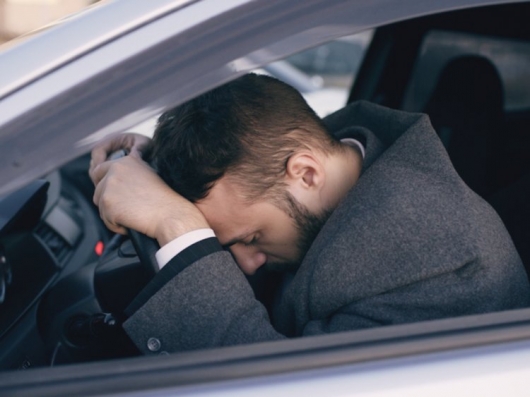
Compared to a sober person, one who uses marijuana/hashish, etc., usually goes behind the wheel much slower, keep your distance from other vehicles at greater distances and thereby reduces the risks of getting in an accident.
That is, the driver is under the influence of substances contained in marijuana, more afraid of everything than a sober driver, while the driver is under the influence of alcohol, on the contrary, deprived of fear (no wonder they say – drunk the sea knee-deep). That’s why under the influence of alcohol drivers are more dangerous, since moving the wheel faster, keep shorter distance (often very dangerous) and are at greater risk.
However, many researchers warn that deliberate attempts of the driver under the influence of marijuana, driving more conservatively and with less risk, and can not compensate for the disadvantages that come from a person in a condition of narcotic intoxication caused by substances contained in marijuana.
In any case, confusion of consciousness, excessive weakness, excess fear, which can cause uncontrollable panic attack, provide to the driver a negative effect that can lead to accidents. Anyway, as a sober driver is more adequate than the one who smoked marijuana.
How long drugs stay in the body
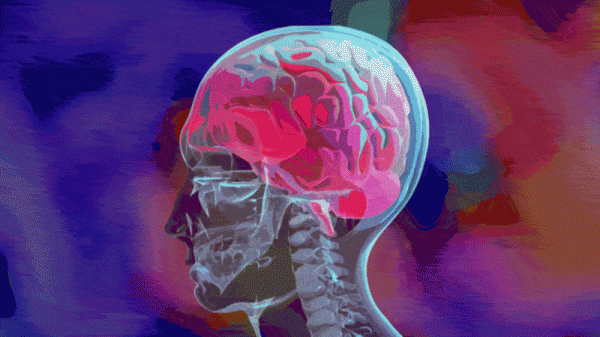
We don’t condone the use of illegal means. We are against drugs in our country. We are against drinking and driving. And many against. But, alas, we’re still surrounded a lot of people who every day drink alcohol and drugs. So we’re not going to pretend that in our country all the saints. And still we hope that our government will strengthen the fight against those who sit behind the wheel in a condition of alcoholic or narcotic intoxication.
We also want to believe that there will be invented a simple and cheap way to test drivers for drugs on the road, as it is being done when testing for alcohol using the breathalyzer. Unfortunately, the current procedure of test drivers for drug use is very complex, and not always the traffic police want to bother making out a direction on medical survey. Indeed, in this case, the driver should be suspended from driving and sent for a medical examination in a medical facility with a chemical laboratory.
In this case, the traffic police will take the driver to the venue of the medical examination, and then to bring it back to the car. This, of course, takes time. Unfortunately, not all crews of traffic police love it. Especially those who simply an hour planed protocols for the oncoming lane in a trap on the road than to wonder, is the driver on drugs or not. With drunken much more easier. Often you could tell he was drunk or not.

By the way, unlike alcohol, some drugs stay in the body for much longer. In the end, the driver who use some drugs banned in Russia, their presence in the body can be detected even after a few days. In this case, the driver can also be deprived of rights if in biomaterials analysis will contain substances in excess of the permissible norm of concentration.
It is also worth noting that some medications may contain substances, the detection of which the driver can recognize a drunk. This is especially true of some prescription drugs. So before you get behind the wheel, carefully read the instructions to the medication, where usually there is a warning about the impact of medication on the ability to control the vehicle.
Including it is also desirable to check the composition of the medicine list of psychotropic and narcotic substances approved by the government, and table limit values of concentration in the human body, above which the driver can be found in a state of narcotic intoxication.
These tables here:
The threshold levels of the content in the urine of narcotic drugs, psychotropic substances, other chemicals and their metabolites determined by methods of preliminary analysis
The name of the groups of substances
Concentration ng/ml
For persons over 18 years
For persons under 18 years of age
Opiates
(6 monoacetylmorphine, morphine, codeine, desomorphine, etc.)
500
300
Cannabinoids
25
15
Phenylalkylamines (amphetamine, methamphetamine, mephedrone, etc.)
50
25
Methadone
50
25
Benzodiazepines
50
20
MDMA
50
40
Cocaine
50
25
Barbiturates
500
50
Catenin
20
20
Synthetic cannabinoids
5
5
Cotinine
20
20
Acylglucuronide
500
200
*The threshold levels of the contents in the urine and blood of narcotic drugs, psychotropic substances, other chemicals and their metabolites determined by methods of confirmatory analysis
The name of the group of detectable substances
Concentration (ng/ml)
The group of amphetamine
Amphetamine
20
Methamphetamine
20
Methylenedioxyamphetamine (MDA)
40
Methylenedioxymethamphetamine (MDMA)
40
Other substances in the amphetamine group
40
The group of opiates
Morphine
10
Codeine
20
6-monoacetylmorphine
5
Other substances addiction group
10
Group benzodiazepine
Oxazepam
50
Diazepam
50
Nordiazepam
50
Midazolam
20
Phenazepam
50
Other substances of the benzodiazepine
50
The group of barbiturates
Phenobarbital
1000
Barbamyl
100
Etaminal sodium
100
Other substances of the group of barbiturates
100
Substances of other groups
11-nor-Δ9-tetrahydrocannabinolic acid (the main metabolite of Δ9-Tetra-hydrocannabinol)
15
Benzoylecgonine (metabolite of cocaine)
50
Methadone
50
Propoksifen
40
Buprenorphine
5
LSD
1
Fentanyl
4
Methaqualone
100
PCP
20
Catenin
20
Synthetic cannabinoids
5
Cotinine
10
Acylglucuronide
100
Note: the threshold level is the minimum concentration of a substance (or its metabolite) in a biological object, determined by methods of preliminary or confirmatory analysis in the case where the result of the study is considered positive.
Also keep in mind that all the substances trapped in your body, have different period time of withdrawal. Here is the approximate duration of certain substances in the human body, which can be found in the study in the lab (though everything in the end depends on the gender, age, height, weight, quantity of consumed drug, fluid, health condition and even the state of hydration, etc.).
So keep in mind that due to individual characteristics of your body, many substances can stay in your body longer than indicated in our example. So, here time content in a variety of human biomaterials of various substances:
Alcohol
- Urine: 3-5 days
- Blood: 10-12 hours
- Hair: up to 90 days
Marijuana
- Urine: 7-30 days
- Blood: about 2 weeks
- Hair: up to 90 days
Amphetamines
- Urine: 1-3 days
- Blood: about 12 hours
- Hair: up to 90 days
Methamphetamines
- Urine: 3-6 days
- Blood: 24-36 hours
- Hair: up to 90 days
Cocaine
- Urine: 3-4 days
- Blood: 1-2 days
- Hair: up to 90 days
Heroin
- Urine: 3-4 days
- Blood: up to 12 hours
- Hair: up to 90 days
LSD
- Urine: 1-3 days
- Blood: 2-3 hours
- Hair: up to 3 days
MDMA
- Urine: 3-4 days
- Blood: 1-2 days
- Hair: up to 90 days
This is not the exact ranges. Especially if the person regularly uses the above substances. For example, in chronic alcoholics the alcohol is kept in the body longer. This also applies to marijuana. For example, a person who for the first time I smoked hashish/marijuana, their presence in the body can be detected already after a few days.
However, those who are long-term and frequently uses marijuana, the presence in the urine drugs can be detected even after 10 days.
